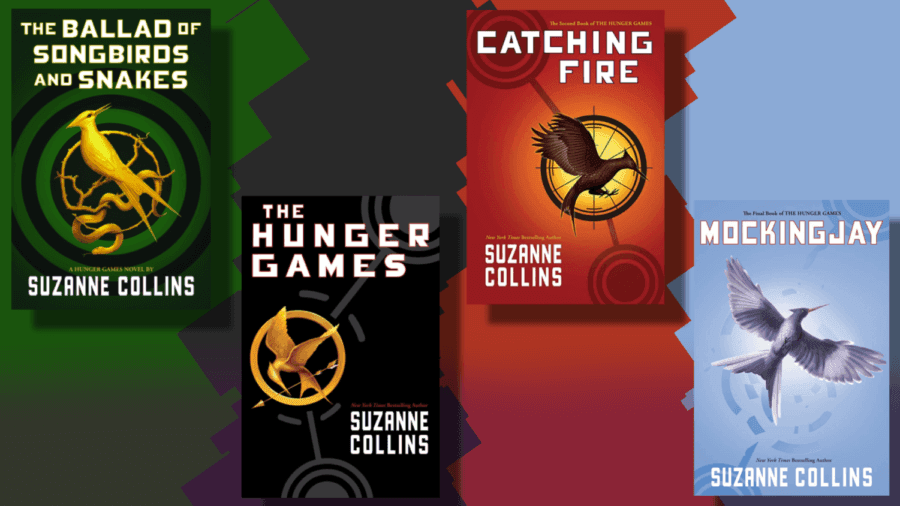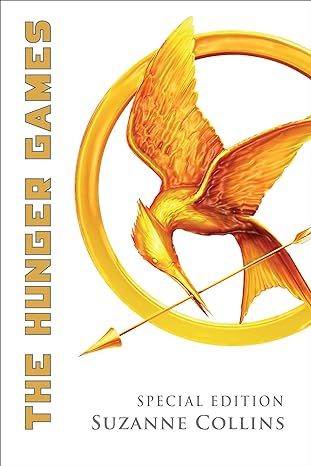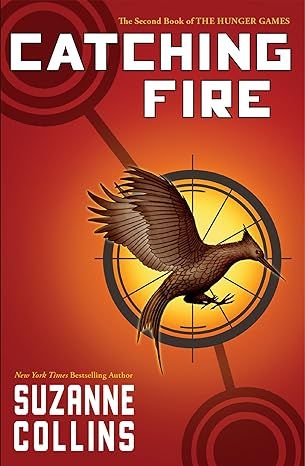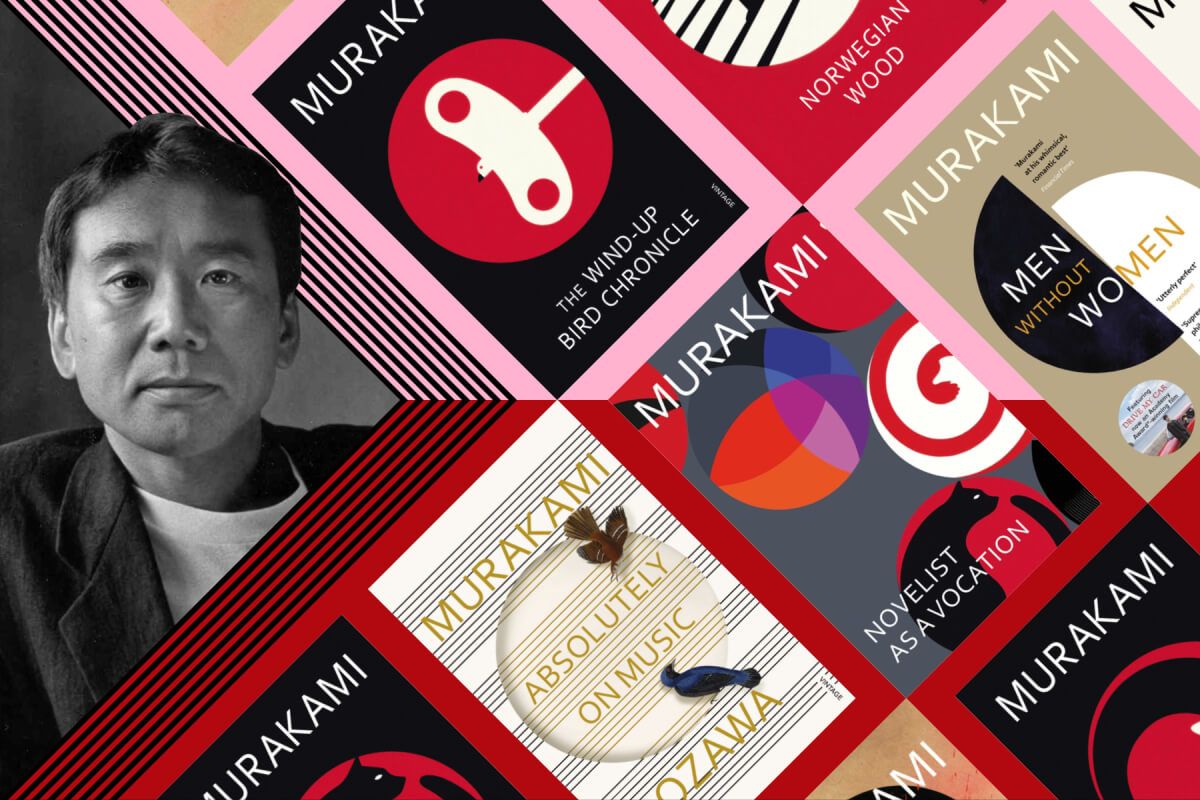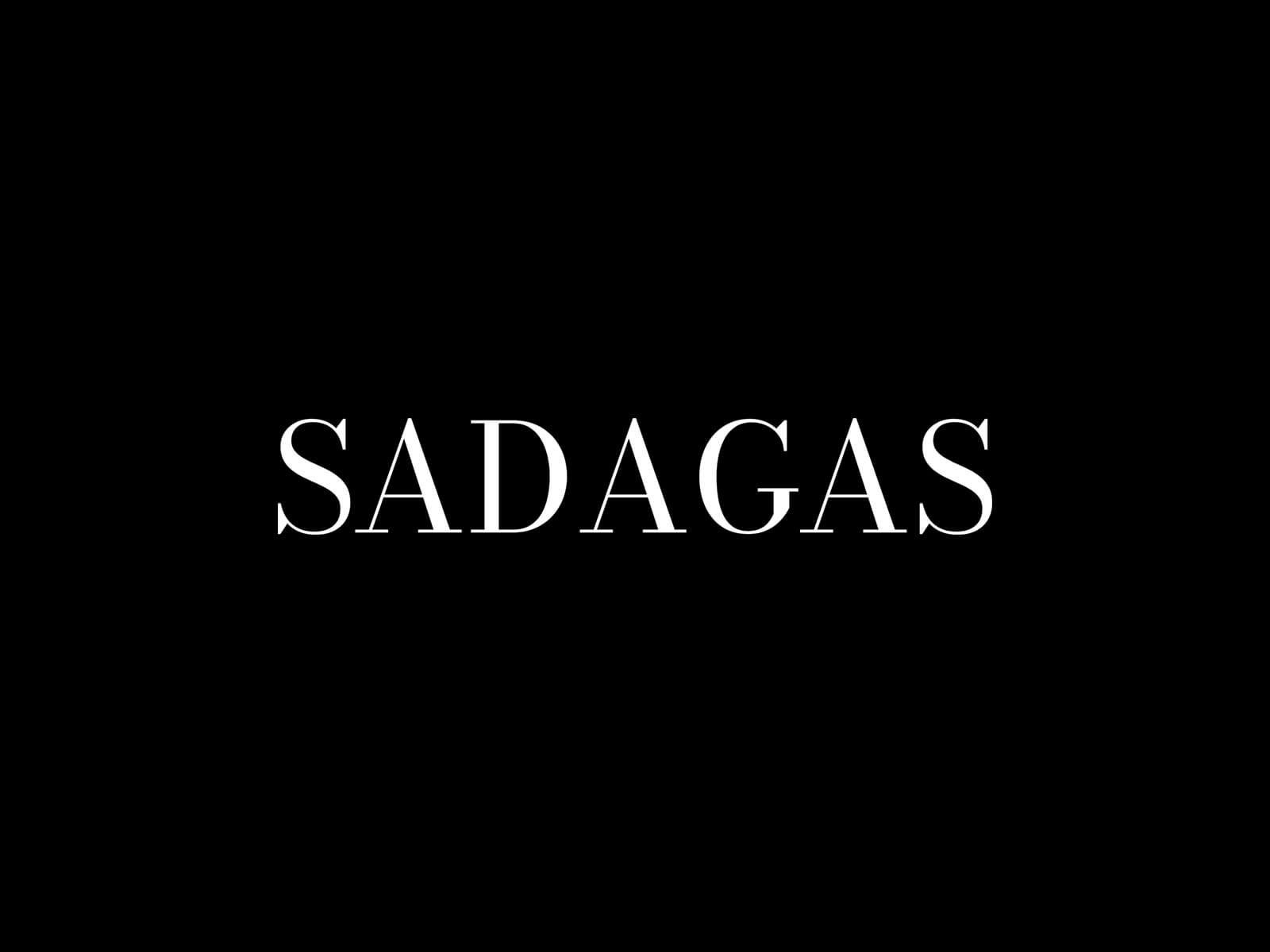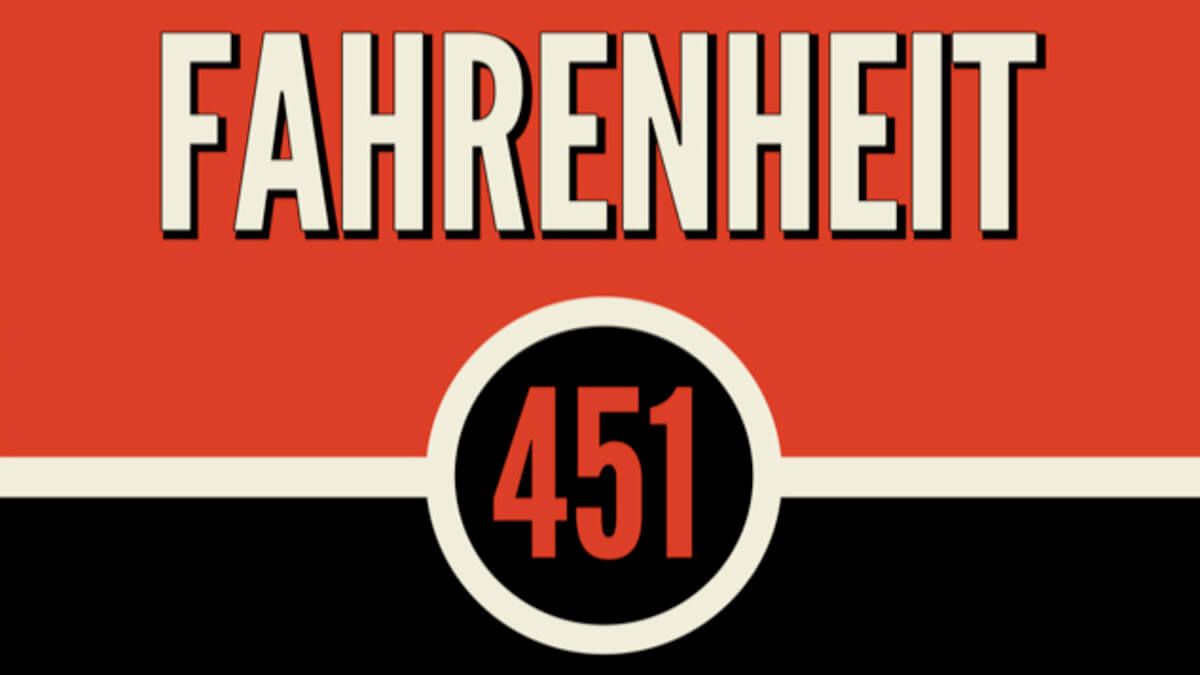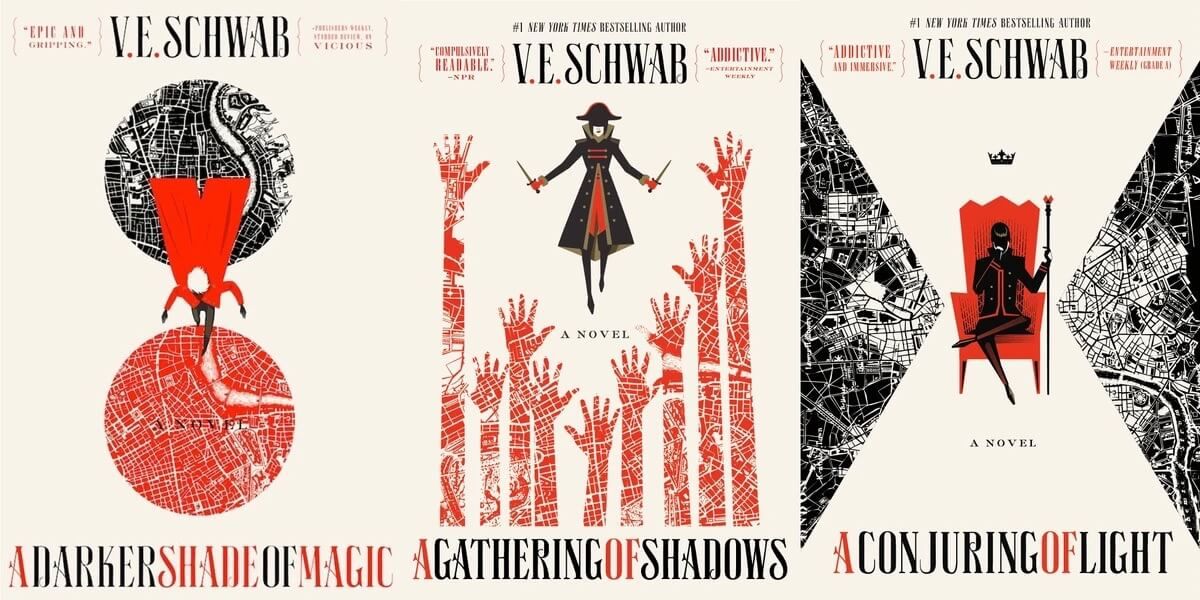The Hunger Games series by Suzanne Collins is a gripping dystopian saga set in the post-apocalyptic nation of Panem, where society is divided into the wealthy Capitol and twelve impoverished districts. The series follows the journey of Katniss Everdeen, a young woman who becomes a symbol of resistance and hope against a tyrannical regime. The trilogy explores themes of survival, oppression, and the quest for freedom.
The novels in the trilogy are titled The Hunger Games (2008), Catching Fire (2009), and Mockingjay (2010). Each was adapted for film, establishing The Hunger Games film series, with the film adaptation of Mockingjay split into two feature-length motion pictures. The first two books in the series were both New York Times best sellers, and Mockingjay topped all US bestseller lists upon its release. By the time the film adaptation of The Hunger Games was released in 2012, the publisher had reported over 26 million Hunger Games trilogy books in print, including movie tie-in books.
The Hunger Games universe is a dystopia set in Panem, a North American country consisting of the wealthy Capitol and 13 districts in varying states of poverty. Every year, children from the first 12 districts are selected via lottery to participate in a compulsory televised battle royale death match called The Hunger Games.
Overview of the Series:
1. The Hunger Games
In the first book, Katniss Everdeen volunteers to take her sister Prim’s place in the Hunger Games, a brutal televised event where 24 children fight to the death. Alongside her fellow tribute, Peeta Mellark, Katniss must navigate deadly challenges, form strategic alliances, and confront the moral complexities of survival. Her defiance against the Capitol begins to inspire rebellion among the oppressed districts.
2. Catching Fire
After winning the 74th Hunger Games, Katniss and Peeta are thrust back into the arena in the 75th Hunger Games, also known as the Third Quarter Quell. This time, the stakes are higher, as the Capitol seeks to eliminate them and other former victors to suppress the growing rebellion. As Katniss becomes the Mockingjay, a symbol of resistance, the districts unite in an uprising against President Snow's regime.
3. Mockingjay
The final book follows the all-out rebellion against the Capitol. Katniss struggles with her role as the Mockingjay and the immense responsibility it brings. As the war intensifies, she faces personal losses and moral dilemmas. The climax sees Katniss leading a mission to assassinate President Snow, culminating in a confrontation that reveals the true nature of power and corruption in Panem.
Key Characters:
- Katniss Everdeen: The protagonist, known for her archery skills, resilience, and role as the symbol of rebellion.
- Peeta Mellark: Katniss's fellow tribute and eventual love interest, known for his charisma and strategic thinking.
- Gale Hawthorne: Katniss’s best friend and hunting partner, who becomes a key figure in the rebellion.
- Primrose Everdeen (Prim): Katniss’s younger sister, whose innocence and kindness motivate Katniss.
- Haymitch Abernathy: A former victor and mentor to Katniss and Peeta, known for his cynicism and strategic mind.
- Effie Trinket: The Capitol representative assigned to District 12, known for her flamboyant style and evolving loyalty.
- President Snow: The main antagonist, the tyrannical ruler of Panem.
- Finnick Odair: A charismatic victor from District 4 who becomes a crucial ally.
- Johanna Mason: A fierce and outspoken victor from District 7.
- Cinna: Katniss’s stylist, who helps her craft her public persona.
- Plutarch Heavensbee: The Head Gamemaker who becomes a key player in the rebellion.
The Hunger Games series has become a cultural phenomenon, spawning a successful film franchise and inspiring discussions on social justice, political power, and human rights. It has resonated with readers of all ages, offering a powerful narrative about the importance of resilience, solidarity, and the fight for a better world.
